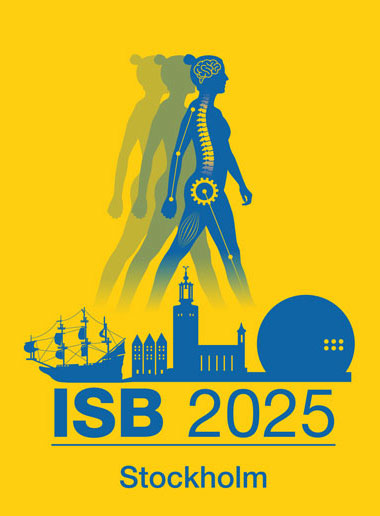Latest News
ISB2025 Stockholm!
30th Congress of the International Society of Biomechanics, Stockholm, Sweden
SEE THE COMPLETE SCIENTIFIC PROGRAM HERE
 |
We look forward to seeing you in beautiful Stockholm!ISB XXX July 27 - 31, 2025 |
 |
We look forward to seeing you in beautiful Stockholm!ISB XXX July 27 - 31, 2025 |
The ISB promotes the study of all areas of Biomechanics at the International level.